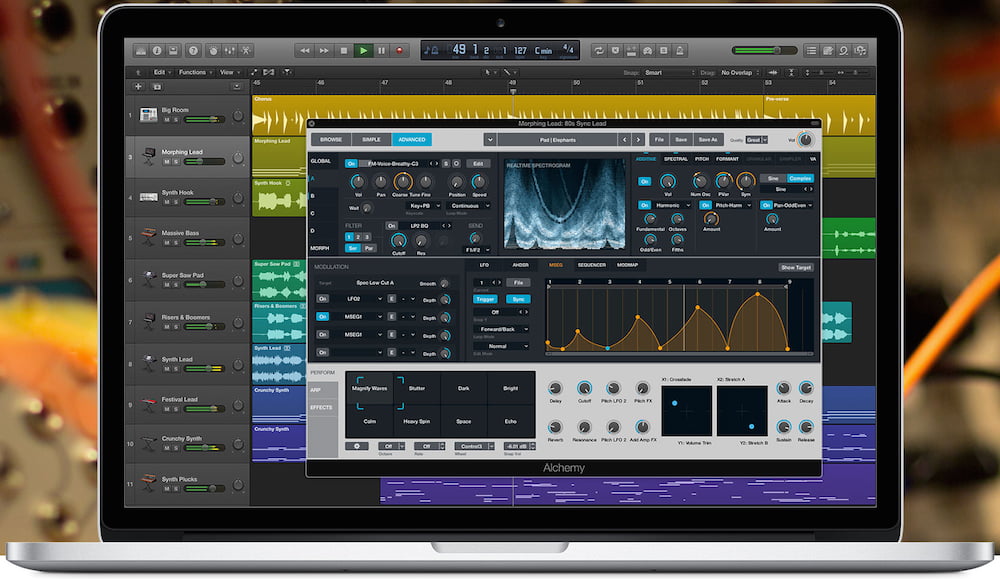

- #Sequel pro mac tutorial for mac os
- #Sequel pro mac tutorial mac os x
- #Sequel pro mac tutorial install
- #Sequel pro mac tutorial software
Sequel Pro can import CSV files, but to make things easy, we'll just import SQL files, which contain all the code to build a database with pre-inserted data. Good luck!Īfter MySQL is installed, download Sequel Pro. I'm not going to give much guidance on this step except to point to the official instructions. If that's the case, you might want to settle for SQLite Manager.
#Sequel pro mac tutorial install
Go here for SQLite Manager instructionsįirst, you must install MySQL – this might be a very difficult situation depending on your setup. These instructions are for the Sequel Pro client for OS X. Navicat - Just like they have commercial cross-platform GUIs for MySQL.
#Sequel pro mac tutorial for mac os

Jump to Getting Started with SQLite Manager Alternative GUIs The downside is that the SQLite Manager, while an excellent piece of free software, isn't as user-friendly as Sequel Pro.
#Sequel pro mac tutorial software
And you don't have to install the SQLite software yourself, because Firefox comes with it. The upside of SQLite Manager is that it runs on anything that the Firefox Browser runs on, which is most modern systems. Jump to Getting Started with Sequel Pro SQLite Manager for Firefoxĭownload the Firefox Browser here. However, you may have to Google around for independently-written guides on it.
#Sequel pro mac tutorial mac os x
See the official Installing MySQL on Mac OS X instructions here. The main drawback of course is that Sequel Pro is only available for OS X.Īnother drawback for novice users is that Sequel Pro uses MySQL, which means you'll have to first install the MySQL software yourself…which can be easy or very hard, depending on your situation.

It has the nice look-and-feel of a modern, native OS X app because it is one. If you have a Mac, then the Sequel Pro client is hands-down the best client to use when interfacing with a MySQL database. The sacrifice you make is having a more spartan of an interface. If all else fails, install the Firefox browser, then the SQLite Manager plugin. But you may have problems installing MySQL itself. Windows and Linux have their own MySQL clients, including HeidiSQL. To sum up the descriptions below: If you're on Mac OS X, try to use Sequel Pro, which sits atop the MySQL software. GUIs) mentioned here make it so that working with databases have some of the conveniences of working with spreadsheets. However, with MySQL, you typically have to install MySQL yourself, which is typically not as easy as installing Firefox. But the graphical user interface for SQLite is not as nice as some of the GUIs available for MySQL. Getting SQLite on your computer can be as easy as installing the Firefox Browser, which comes packaged with SQLite. Sequel Pro for MySQL, and SQLite Manager for SQLite)Ī quick technical aside: Why am I recommending either SQLite or MySQL? Because both have their tradeoffs in terms of installing it on your computer. SQLite and MySQL refer to the database software itself, not the graphical user interfaces that we'll be using to work with the databases (e.g. For the scope of our work, they will basically be interchangeable because they are both very similar. SQLite and MySQL are two different database systems that use two different variants of SQL. When you write SQL to do data work, you are programming. SQL, SQLite, and MySQLįirst, some terminology: SQL stands for Structured Query Language, which is a type of programming language used in working with databases. They are by no means the only ones, I recommend them because they work well and are free.

This is a quick guide to the interface for the 2 graphical user interfaces recommended for our initial foray into SQL databases. An introduction to using SQL with a GUI client


 0 kommentar(er)
0 kommentar(er)
